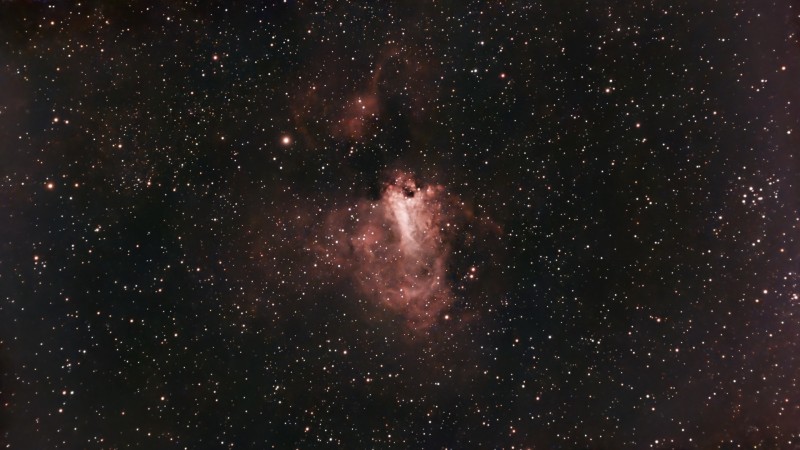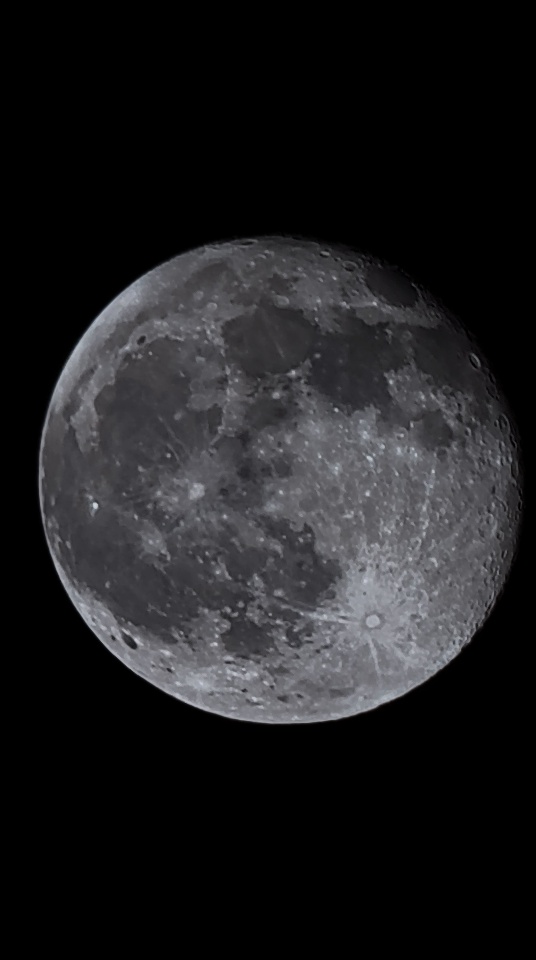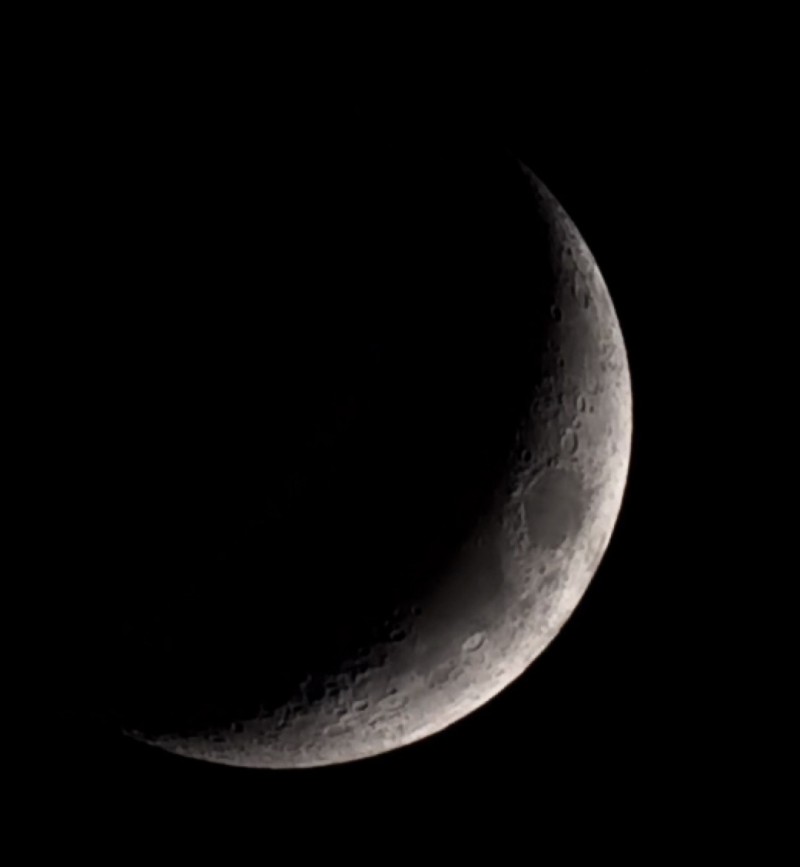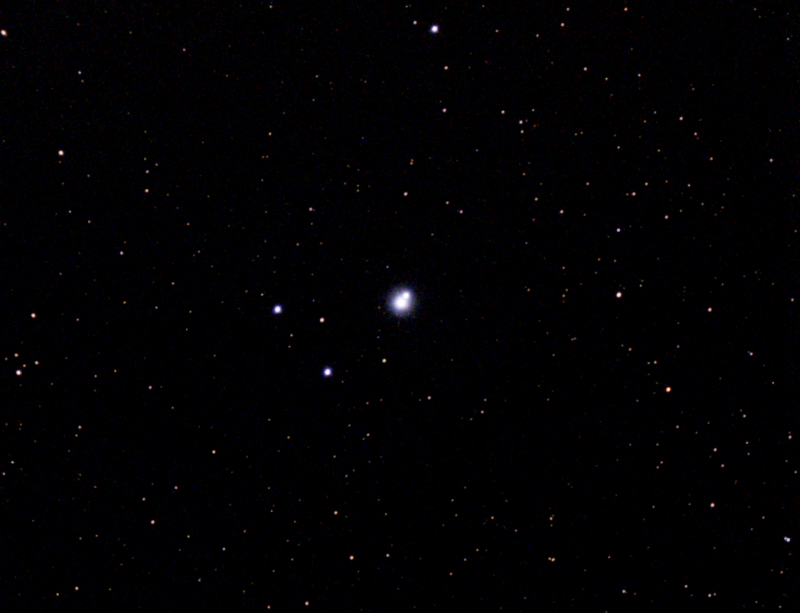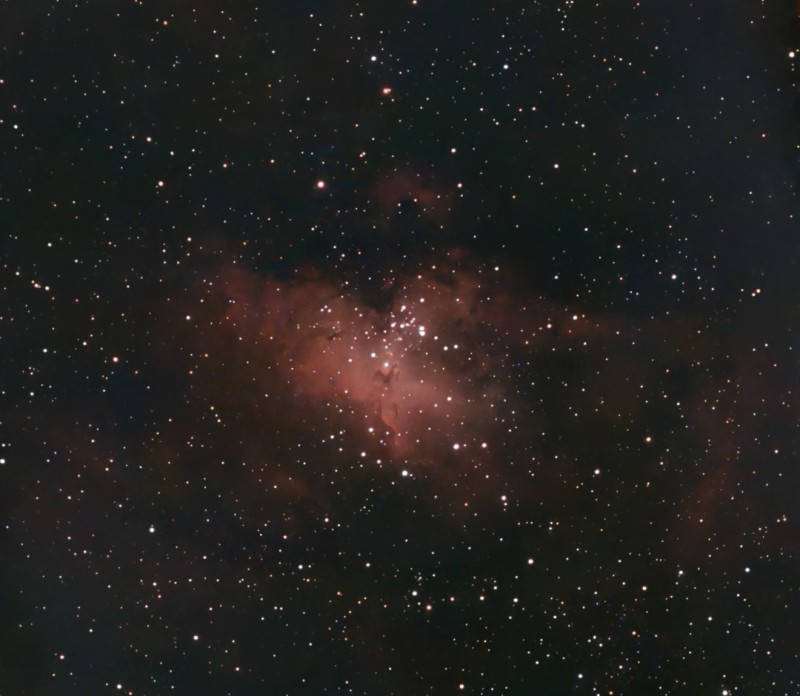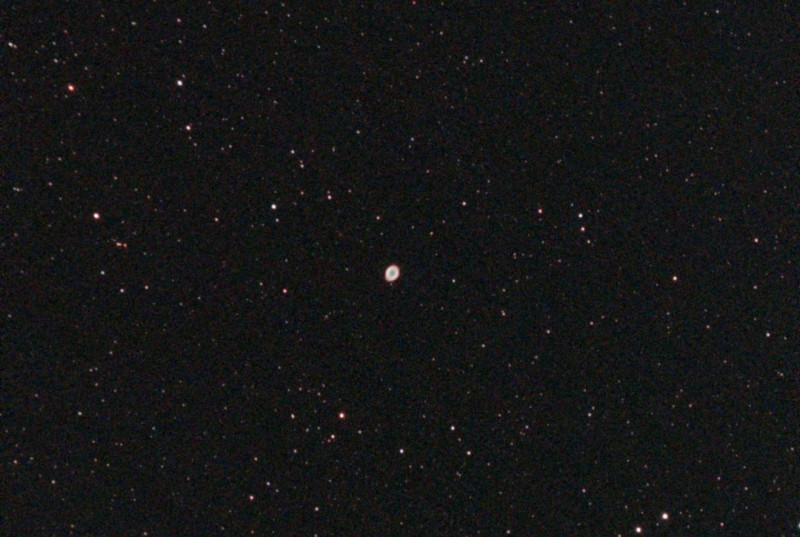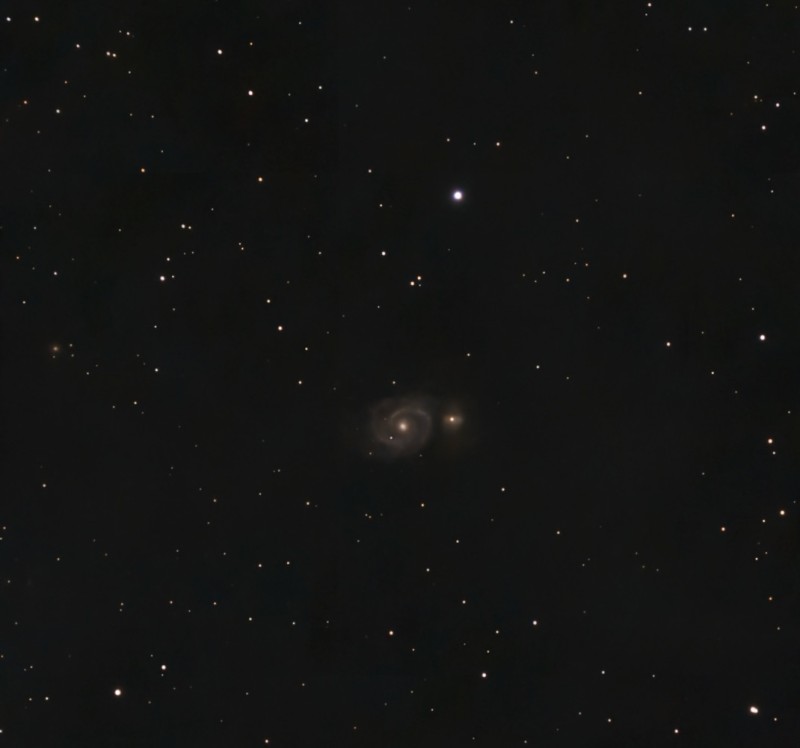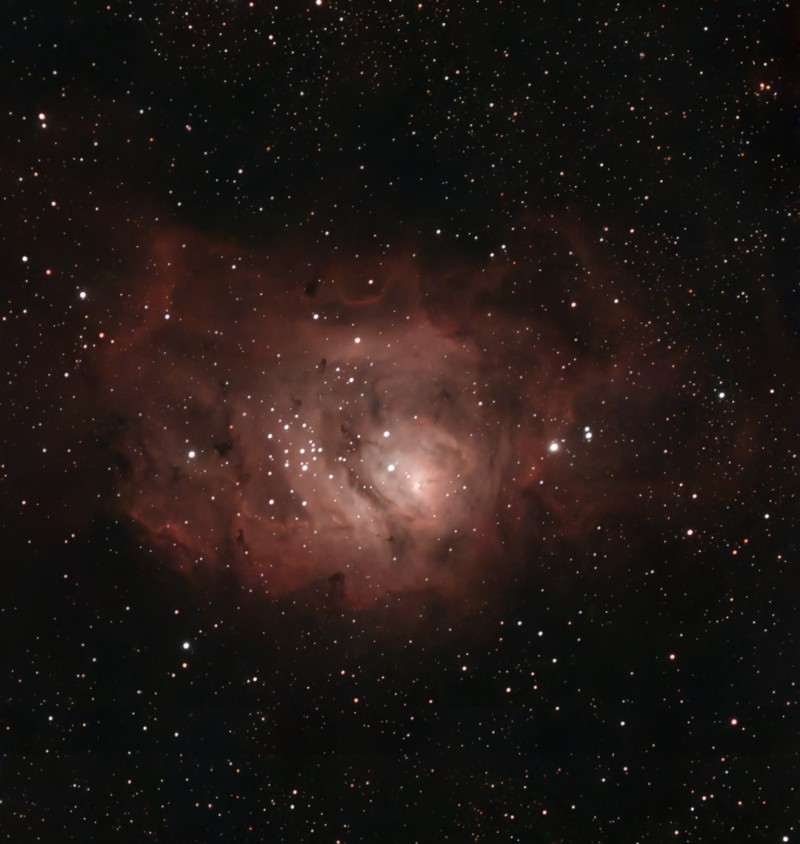Astrophotography
Messier 17, the Omega Nebula (also called the Swan Nebula), is a massive star-forming region about 5,000–6,000 light-years away in the constellation Sagittarius. It spans roughly 15 light-years across and glows brightly from ionized hydrogen gas energized by clusters of young, hot stars.
Another image of the moon. This one was almost a full moon.
The Moon is Earth’s only natural satellite, orbiting at an average distance of about 384,000 kilometers (239,000 miles). Its surface is marked by craters, mountains, and basalt plains, and its gravitational pull drives the ocean tides on Earth.
IC 4592, called the Blue Horsehead Nebula, is a reflection nebula about 400 light-years away in the constellation Scorpius. Its bluish glow comes from starlight scattering off surrounding interstellar dust, giving it the shape of a horse’s head when viewed in long-exposure images.
Messier 16, the Eagle Nebula, is a young open star cluster surrounded by glowing gas and dust about 7,000 light-years away in the constellation Serpens. It is most famous for the “Pillars of Creation,” towering columns of gas where new stars are being born.
Messier 57, known as the Ring Nebula, is a planetary nebula about 2,300 light-years away in the constellation Lyra. It is the glowing remnant of a dying star, forming a bright ring of ionized gas surrounding a faint white dwarf at its center.
Messier 51, also known as the Whirlpool Galaxy, is a classic spiral galaxy located about 27 million light-years away in the constellation Canes Venatici. It is interacting with a smaller companion galaxy (NGC 5195), a process that has enhanced its striking spiral arms and regions of active star formation.
Messier 8, or the Lagoon Nebula, is a vast star-forming region about 4,000–6,000 light-years away in the constellation Sagittarius, spanning over 100 light-years across. Its glowing hydrogen gas and young star clusters make it one of the brightest and most easily observed nebulae in the night sky.
